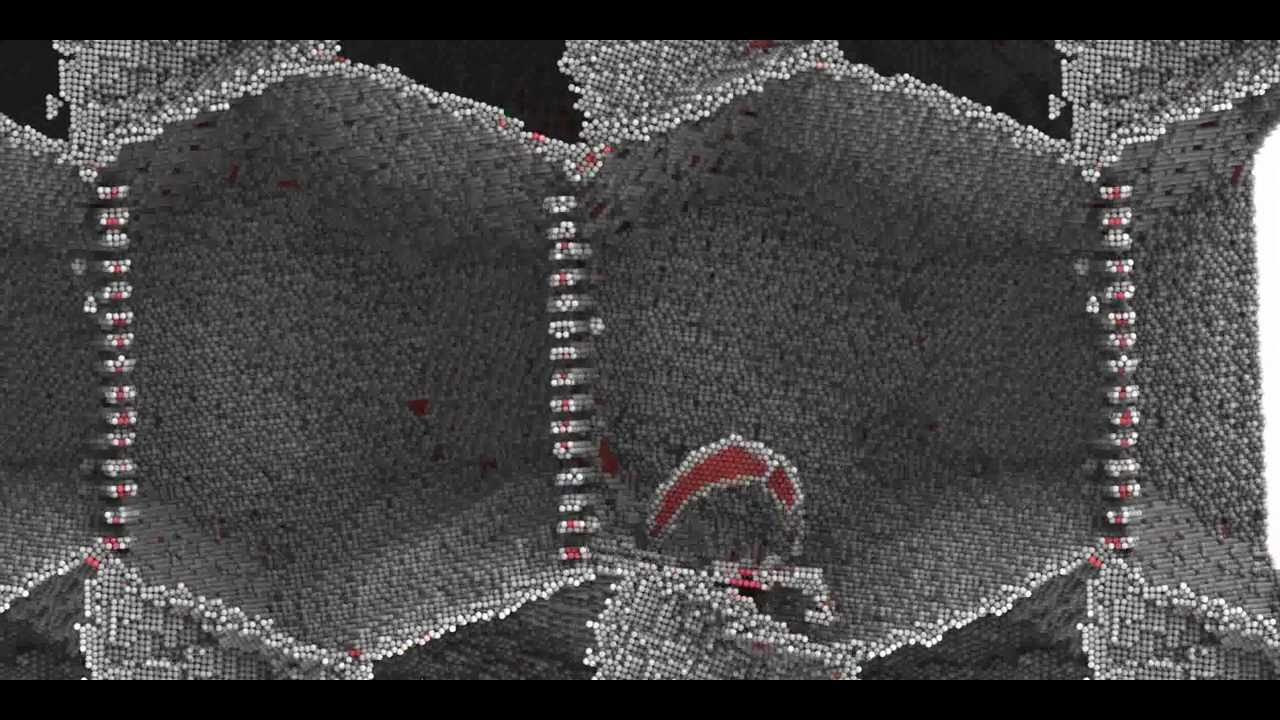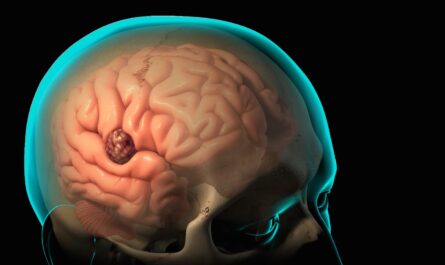In a groundbreaking discovery, scientists at Sandia National Laboratories have observed the phenomenon of self-healing in metal. The researchers were conducting fracture experiments on nanocrystalline metals when they noticed that a microscopic crack in a small piece of platinum began to heal itself instead of growing further. The unexpected observation has since been published in the journal Nature.
Dr. Michael Demkowicz, coauthor of the study and a professor at Texas A&M University, had previously predicted the possibility of self-healing in metals ten years ago while working at the Massachusetts Institute of Technology. He and his student accidentally observed spontaneous healing in simulations of fracture, which motivated them to further investigate this phenomenon.
The recent experiment confirmed the original theory, which had been met with skepticism at the time. The simulations and subsequent experiments were conducted using nanocrystalline metals, which have a small grain size and allow for more microstructural features that can interact with cracks. Specifically, the researchers found that grain boundaries can influence crack healing depending on their migration relative to the crack.
The significant impact of this work is that it demonstrates the feasibility of self-healing in reality, beyond just theoretical predictions. However, further research is needed to optimize microstructures for self-healing and explore potential applications. While the current experiments were conducted in vacuum environments, future investigations could explore the possibility of self-healing in conventional metals with larger grain sizes.
The implications of self-healing metal are wide-ranging. It could have applications in spacefaring technology, where the absence of foreign matter would allow for successful bonding of crack surfaces. Additionally, internal cracks that are not exposed to outside air could also benefit from self-healing mechanisms.
Dr. Demkowicz views this discovery as a win for theory, as it validates the complexity of material behavior and affirms the direction of theoretical models. The findings give hope that our understanding of material behavior is progressing in the right direction.
In conclusion, this breakthrough in the field of materials science opens up new possibilities for the development of self-healing metals. With further research and optimization, this technology could revolutionize various industries and provide enhanced durability for products and structures. The future holds great potential for self-healing materials, bringing science fiction one step closer to reality.
*Note:
1. Source: Coherent Market Insights, Public sources, Desk research
2. We have leveraged AI tools to mine information and compile it




